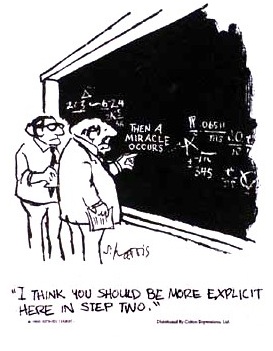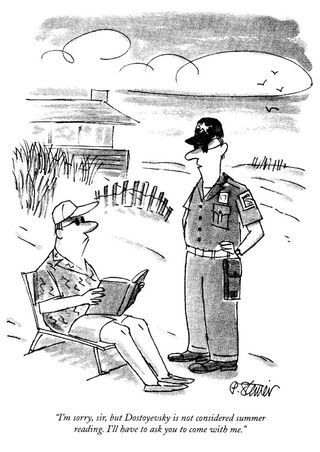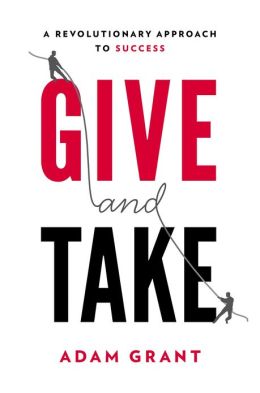As many of you know, our company often consults with our
clients on the metrics of the recruiting process. We find that metrics are the most reliable
way to diagnose problems and shine light on areas that need improvement.
 In some cases, the metrics also point directly to solutions. For example, if a company is not doing
In some cases, the metrics also point directly to solutions. For example, if a company is not doing
enough interviews to meet their hiring goals, there are very specific and measureable things that can be done to fix the problem.
In other cases, the solutions are less tangible and easy to
quantify. For example, some of our
clients are reliably able to convert “interviews to hires” at a much higher
rate than other companies. Why? That’s a complex question.
As we collect data and try to find an answer to this problem,
the path to the solution gets cloudy.
There are many intangible factors that play into the “interview to hire”
metric. It has more to do with the “art
of recruiting” than hard metrics and simple tactics.
 To illustrate this point, I ran across an article earlier
To illustrate this point, I ran across an article earlier
this week written by Tod Sacerdoti, the CEO of a BrightRoll, a video
advertising company based in San Francisco.
You may have read this article already—it was widely distributed because
of the great content and insight it offered.
Tod correctly identifies the importance recruiting plays in
the success of all companies (his examples are from the technology world), but
also documents the “secret sauce” he commonly sees high-performing recruiting
companies possess. I think you'll enjoy his insight:
“Recruiters generally get little public
credit because the naive observer assumes that good companies get talent for
free. That is simply not true.If you look behind
the curtain at many of Silicon Valley's greatest tech companies (Google,
Facebook, DropBox, etc) you will find great recruiters. In fact, those
recruiters tend to be leaders of large internal recruiting teams and many have
materially changed the trajectory of their company's growth, particularly in
the formative years.Great recruiters
are different in the way great engineers, great salespeople and great leaders
are different — they have a secret sauce. This secret sauce applies to all
roles and levels of recruitment, whether a recruiter is attracting interns,
managers or executives.So, what is the
secret sauce of a great recruiter?Authentic Compassion. The best recruiters are often labeled as a
"people person" but what that really means is that they are
incredible listeners and they truly care about the people they interact with.
Compassion is even more powerful in the long term as people build a
relationship and interact across multiple roles and/or companies.Agile Builders. The best recruiters are data driven and iterate with
the same discipline and frequency as the best software developments teams.
Understanding a problem (such as sourcing, interview process, closing a
candidate), measuring performance and using a sprint process to optimize
results on a regular basis are fundamentally agile development skills and
requirements for top recruiters.Positive Marketers. Every interaction an external person has with your
company is a marketing impression. This includes every email, phone call or
news article, and every person they talk to including a recruiter, front desk
admin, interviewer or executive. The best recruiters know this and use every
impression as an opportunity to have a positive impact. People often forget
that 99% of the time you make an impression on an external person you will not
ever hire them so the risk of that impression being negative is high. If every
interaction is positive, you will impact not only those individuals but a broad
network of potential future hires.Communication Artists. In today's electronic and busy workplace,
communication is an often overlooked art. The best recruiters are able to
handle three widely varying communication requirements — sourcing new
candidates, rejecting existing candidates and internal process alignment —
with the same level of empathy, positivity and discipline. Each of these communications
is an art in its own right and the best recruiters manage all three such that
every interaction leads to positive momentum.
How would you grade yourself on Tod’s “secret sauce”
metrics? In essence, measuring yourself on these ideas is a way you
can start to make the recruiting intangibles….tangible.
If you master the issues outlined above, you’re recruitng metrics will
not only improve, but you’ll also hire higher-quality agents. You too could “materially change the trajectory” of
your office’s growth through recruiting.
Join the WorkPuzzle Discussion at the Tidemark Online Community (TMOC)
Engage in the WorkPuzzle discussion by joining the TMOC private social network. Commenting on a public blog like WorkPuzzle can be a little intimidating, so why not join the discussion inside the privacy of the TMOC discussion group?
By joining TMOC, you'll get to see who else is in the group and your comments will only be seen by those whom you trust. Joining TMOC is quick, easy, and free (no kidding…this takes less than 2 minutes). To get started, click here.
Already of a member of TMOC? If so, join the WorkPuzzle Dialog Group by clicking on the WorkPuzzle Group icon on the left side of your TMOC homepage. Questions? Email the WorkPuzzle editor (workpuzzle@hiringcenter.net) and we'll walk through the process.
 Editor's Note: This article was written by Ben Hess. Ben is the Founding Partner and Managing Director of Tidemark, Inc. and a regular contributor to WorkPuzzle.
Editor's Note: This article was written by Ben Hess. Ben is the Founding Partner and Managing Director of Tidemark, Inc. and a regular contributor to WorkPuzzle.













